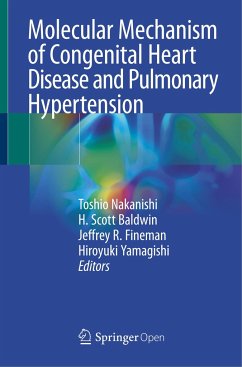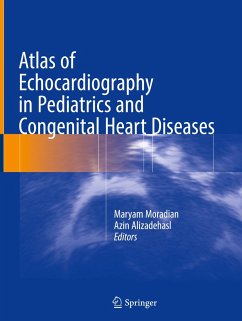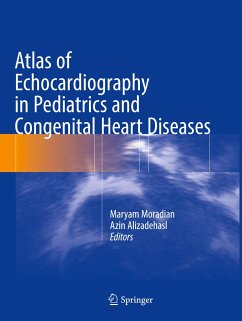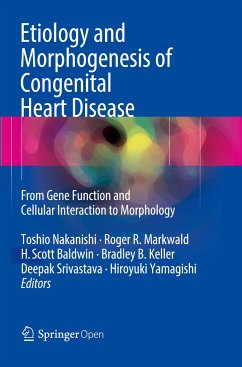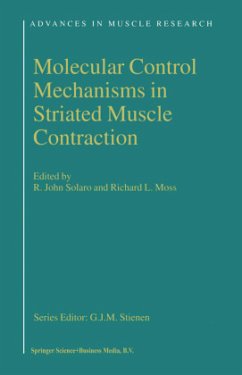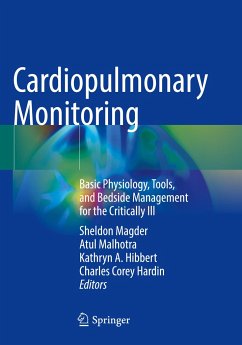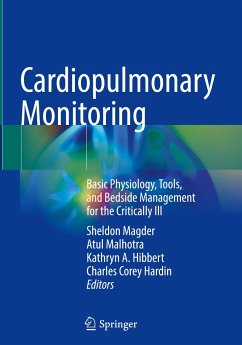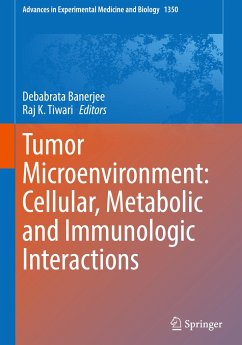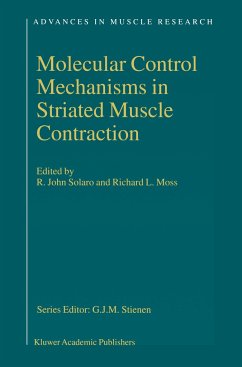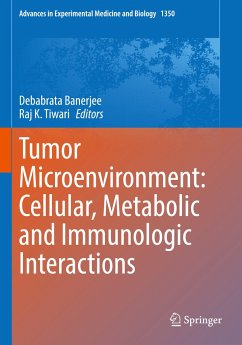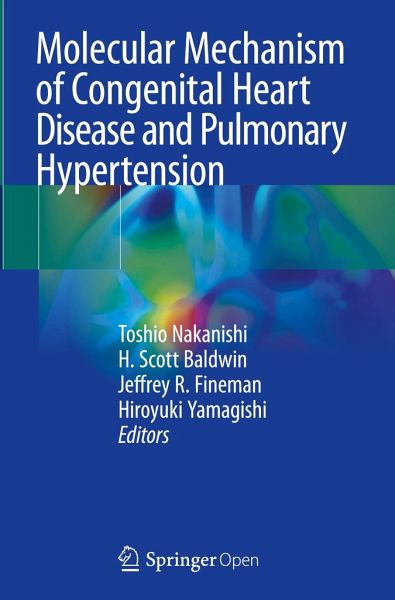
Molecular Mechanism of Congenital Heart Disease and Pulmonary Hypertension
Versandkostenfrei!
Versandfertig in 6-10 Tagen
38,99 €
inkl. MwSt.

PAYBACK Punkte
19 °P sammeln!
This open access book focuses on the molecular mechanism of congenital heart disease and pulmonary hypertension, offering new insights into the development of pulmonary circulation and the ductus arteriosus. It describes in detail the molecular mechanisms involved in the development and morphogenesis of the heart, lungs and ductus arteriosus, covering a range of topics such as gene functions, growth factors, transcription factors and cellular interactions, as well as stem cell engineering technologies. The book also presents recent advances in our understanding of the molecular mechanism of lu...
This open access book focuses on the molecular mechanism of congenital heart disease and pulmonary hypertension, offering new insights into the development of pulmonary circulation and the ductus arteriosus. It describes in detail the molecular mechanisms involved in the development and morphogenesis of the heart, lungs and ductus arteriosus, covering a range of topics such as gene functions, growth factors, transcription factors and cellular interactions, as well as stem cell engineering technologies. The book also presents recent advances in our understanding of the molecular mechanism of lung development, pulmonary hypertension and molecular regulation of the ductus arteriosus. As such, it is an ideal resource for physicians, scientists and investigators interested in the latest findings on the origins of congenital heart disease and potential future therapies involving pulmonary circulation/hypertension and the ductus arteriosus.



